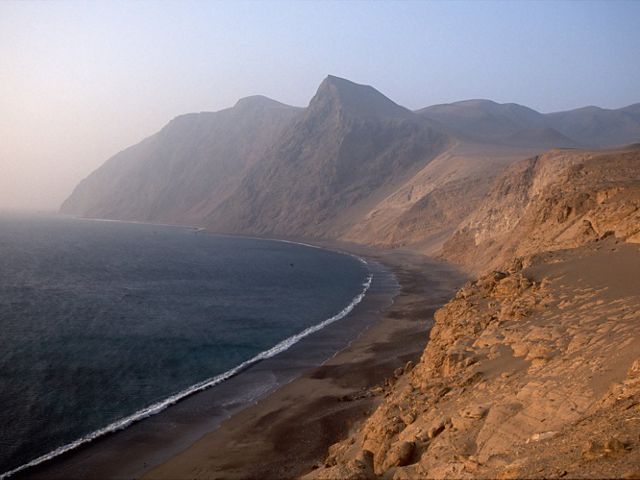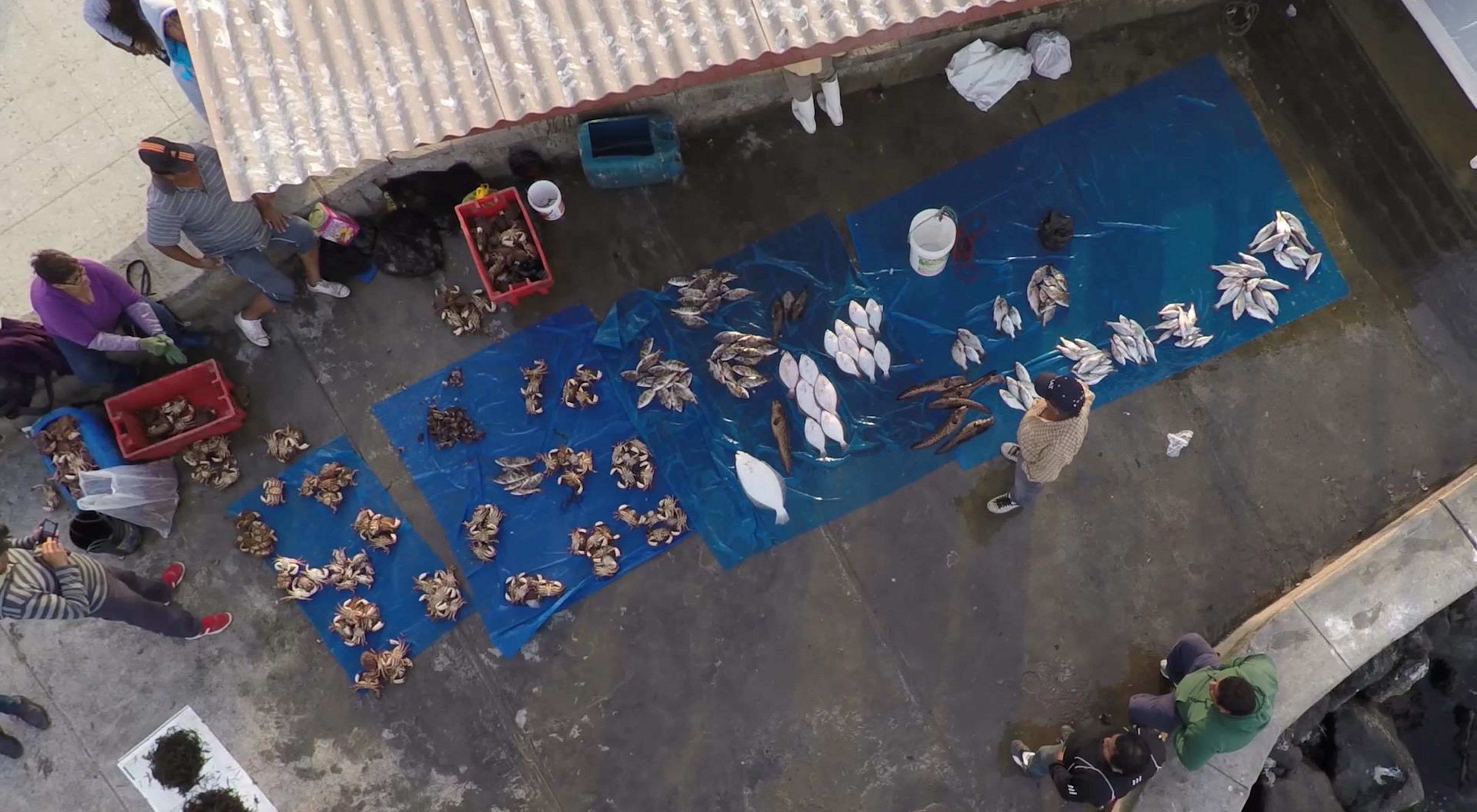Fishpath for Smart Sustainable Fisheries
By Jill Kamp, executive assistant, and Deborah Kidd, marketing manager
In Peru, fishing is a timeless tradition, and might even be the reason civilization established there, thanks to early trade ties. Fishermen from the coast bartered their catch for cotton grown upriver, where the plains become mountains, along the world’s longest continental range. The fishermen, in turn, used the world-class cotton to weave their nets.

Believe it or not, that same expansive mountain range—the American Cordillera—intersects Washington, too. We learned about our coastal connections to Peru, fittingly, on World Oceans Day. Fishing remains fundamental in both places: It drives commerce, creates jobs and supplies an essential food source. Healthy, responsible fisheries and strong economies are essential on either side of the Equator.
Carmen Revenga, The Nature Conservancy's director of global fisheries and aquaculture, Jeremy Rude, formerly a Nature Conservancy fisheries specialist, and Jason Cope, a NOAA fisheries scientist, connected our challenges as they shared their expertise on overfishing and stock decline throughout the world’s oceans. They also showed us a new tool that can make a big impact from Peru to Washington—even as far as Kenya.
Fisheries management has become increasingly important at all scales, around the world. At the highest scale, Peru manages the world’s largest single-species fishery—the anchoveta. The country has made giant strides toward sustainability by introducing individual quotas for industrial fishing vessels. But many small fisheries remain open-access and unrestricted, causing overfishing, declining stocks and income insecurity. Small-scale fisheries also account for 80 percent of the country’s seafood consumption. Of the 72 most important commercial species targeted by small-scale fishermen in Peru, our recent study found that only eight species were comprehensively managed, while 25 species (35 percent) were not regulated at all.

Enter FishPath. It isn’t a yellow-brick road for fish—created by The Nature Conservancy and the Science for Nature and People Partnership, FishPath is software that gives policymakers a place to start down the path to sustainability. FishPath aggregates information about the fish species, characteristics of the local fishery, locally relevant social, political and economic considerations and the availability of historic data. The tool then generates options for monitoring, assessing and sustainably managing the fishery.
“We met with the Marine Institute of Peru (IMARPE), a government agency overseeing the management of Peru’s fisheries resources,” said Jeremy Rude. “FishPath showed that a practically unmanaged fishery, the chita, was not as data-limited as they thought. They were surprised to learn that many options are available to assess the health of the population and move the fishery in the direction of sustainability.”

Since the first FishPath workshop in Peru, The Nature Conservancy has held several trainings with IMARPE staff in fisheries science and stock assessment. And IMARPE plans to apply FishPath for three additional species in the next few years.
With 65 percent of all fisheries around the world considered overfished or declining, and 90 percent have never had a scientific stock assessment, FishPath is an excellent tool to move many countries forward. Partnerships with NOAA, the Commonwealth Scientific and Industrial Research Organization, the Marine Stewardship Council and the Monterey Bay Seafood Watch Program can further extend its promise.
An overburdened and under-resourced local government could easily feel overwhelmed with managing their fish stocks—where does one even begin? FishPath helps take crucial steps, with software and strategies that grow and expand as countries make progress in protecting what’s important to us all—including places like Peru, with its diversity, beauty and complexities, not to mention world-class ceviche.
